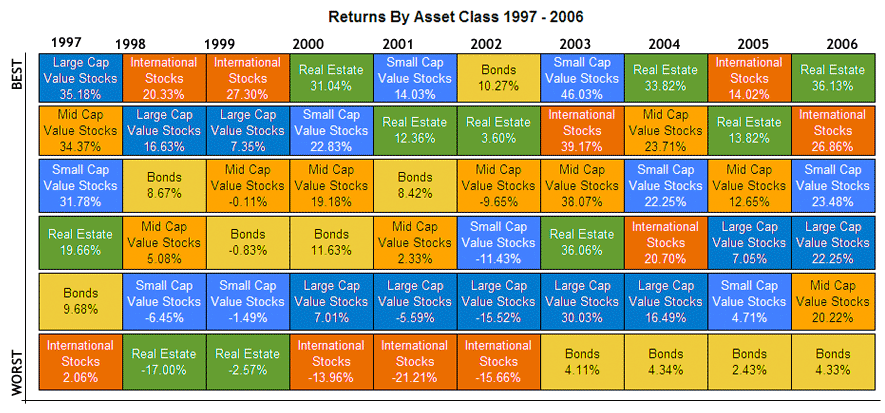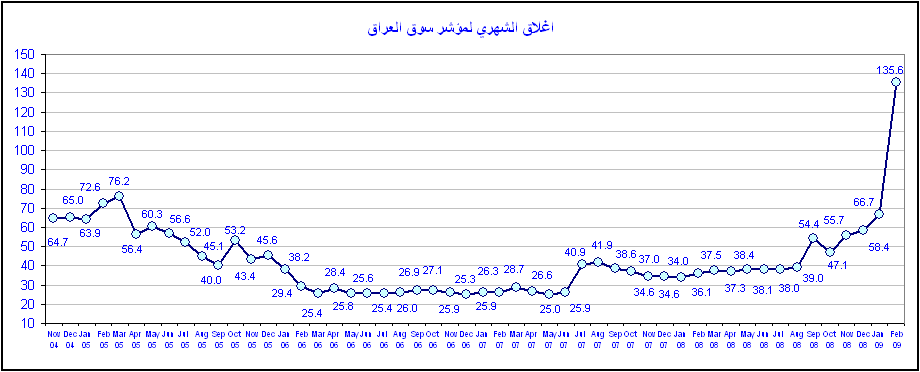Economics
Stacy Smith, Intel’s CFO, has some interesting data on the tipping point for PC market penetration. As the cost of a PC in a region moves from multiple years to 8 weeks of income, the penetration changes from zero to about 15%. Once the cost drops below 8 weeks of income, the penetration rises very rapidly to 50%.
According to Smith, the cost of a PC in both India and China is now below 8 weeks of income in those countries.
Facebook isn’t often cited as a cloud computing company since the ‘Social’ moniker has proven to be stickier. It does, however, meet the common definition of ‘Cloud’ i.e. the management of the hardware is highly abstracted from its users, the infrastructure is highly elastic, a variety of services (billing, authentication etc.) are bundled, and the underlying hardware is geographically dispersed.
What is fascinating is that Facebook, more than other cloud companies, gives us a glimpse into a future where computing and storage are virtually free and ubiquitous. With $2 billion in revenue for 2010 and about 500M users, Facebook has revenue of roughly $4 per user. With some back of the envelope math, it seems likely that the variable cost for each additional user is about $1 per year. Think of the services that Facebook is providing its users for $1. Unlimited photo storage and sharing. A contact database. Email. Instant messaging. A gaming platform.
The economics in the consumer cloud are compelling. They will become more so over time and as large enterprises realize that there is no strategic value in common IT, there will be a similar shift for businesses.
I was reading an interesting article on the possibility of hyperinflation in the US. It had an interesting take on the discontinuity between inflation and hyperinflation:
Inflation is when the economy overheats: It’s when an economy’s consumables (labor and commodities) are so in-demand because of economic growth, coupled with an expansionist credit environment, that the consumables rise in price. This forces all goods and services to rise in price as well, so that producers can keep up with costs. It is essentially a demand-driven phenomena.
Hyperinflation is the loss of faith in the currency. Prices rise in a hyperinflationary environment just like in an inflationary environment, but they rise not because people want more money for their labor or for commodities, but because people are trying to get out of the currency. It’s not that they want more money—they want less of the currency: So they will pay anything for a good which is not the currency.
The WSJ has an interesting article on Safeway’s healthcare plan:
Safeway’s plan capitalizes on two key insights gained in 2005. The first is that 70% of all health-care costs are the direct result of behavior. The second insight, which is well understood by the providers of health care, is that 74% of all costs are confined to four chronic conditions (cardiovascular disease, cancer, diabetes and obesity). Furthermore, 80% of cardiovascular disease and diabetes is preventable, 60% of cancers are preventable, and more than 90% of obesity is preventable.
Jeff Rubin, chief economist at CIBC gave a great talk on what caused the recession, why the oil price is going up, and the future of globalization.
It’s hard to look at this chart and not conclude that picking asset classes is difficult and that relative returns are not durable over time. Also, unsurprisingly, correlations between asset class returns are fairly high.
Here’s something to think about:
In 1917 the breakdown in consumption for a typical family ( 38 year old working father, non-employed mother, 13-yr old boy and 8 yr old daughter ) was:
Food – 41%
Housing – 27%
Clothing – 18%
Healthcare – 5%
Transportation – 3%
Other – 7%
By 1987 this had changed to
Housing – 33%
Transportation – 26%
Food – 19%
Clothing – 5%
Healthcare – 4%
Other – 12%
You might ask: how do we reconcile this with the 17-20% of GDP ( ~$8K per person ) that we are spending on healthcare today? First, it’s interesting to note that the average citizen took the money they saved on food and clothing (the basic necessities of life) and ploughed it straight into bigger houses, more expensive cars and (probably) an increased level of entertainment. Along the way, though, we gradually socialized the cost of healthcare so that despite saving 20% of our consumption on food (not to mention the saving on clothing), we are now unable to find that same 20% to pay for our healthcare.
However, I don’t think it is a problem, per se, that we are spending an increasing amount on healthcare. It seems as though it’s a trend that is irreversible and given the continuing decline and commoditization of the other line items in the typical family budget, it shouldn’t come as a surprise. Healthcare is one of the industries where we continue to spend R&D dollars for new products and an expanded menu of options is inevitable.
The real problem is that neither “the American people†nor their elected representatives and the Chairman, are willing to put aside the $8K per person per year that we’re currently inclined to spend. The future price of US 10 yr notes is left as an exercise for the reader.
I’ve been playing around with Wolfram Alpha’s new computational knowledge engine and it seems to need a lot of work before it becomes more than an exotic curiosity. I entered the following query:
US Debt / US GDP
and it returns the following answer:
0.585 years (2007 estimate)
I’m not sure how to interpret that but it seems ominous!
What is the responsibility of the government in times of recession? What is meant by “stimulating the economy”?
US GDP (in the long run) = number of working people * productivity of each working person.
Thus there are three levers the government can pull today to increase GDP by 2025.
- Increase the number of people
- Increase our productivity
- Increase the number of people willing to work
The first would require increased immigration or a higher birth rate. The second is a function of education and the capital stock (which the government is in the habit of depleting) and the third (in the case of full employment) is a matter of personal choice.
Over the long run, there is very little the government can do to increase per capita GDP other than ensuring optimal productivity of the workforce and creating conditions which would ensure full (or close to full) employment without inflation. Sacrificing productivity is always the long term peril as labor is shifted to the public sector.
On the demand side of the equation, the government has the option of preventing people from saving and enforcing spending. Of course, in the longer run, the only option is preventing people from spending or saving and allowing the government to do the spending for them. Consumption is merely shifted from the private sector to the public sector with no net increase in demand on the generous assumption that government spending is as efficient as private spending.
Hayek gave a convincing critique of government action’s ability to stimulate “aggregate demand.” Hayek viewed the boom and bust of the business cycle as primarily a monetary phenomenon created by governments’ artificial inflation of money and credit.
Sound money policy, conversely, allowed the disparate knowledge of millions of economic actors to be conveyed through the price system, rationally allocating capital and labor through relative prices. The problem with government attempts to manipulate the economy through fiscal policy — spending that takes resources away from those who are productive and redistributes it to politically favored interests — is that it is audacious. It assumes that government knows better how to spend and invest than individuals acting in their families’ best interest.
“The real question,” according to Hayek, “is not whether man is, or ought to be, guided by selfish motives but whether we can allow him to be guided in his actions by those immediate consequences which we can know and care for or whether he ought to be made to do what seems appropriate to somebody else who is supposed to possess a fuller comprehension of the significance of these actions to society as a whole.”
The usual retort to this argument is a variant on “in the long run we are all dead”. In the short run, then, the role of the government is to act as a counter-cyclical economic agent. Short runs turn easily into long runs, though, and short-lived is the president who decides the economy needs not “stimulating” but … what? We don’t even have a word for it.
David Brooks expressed this thought succinctly, if somewhat belatedly, with his call for “epistemological modesty”



